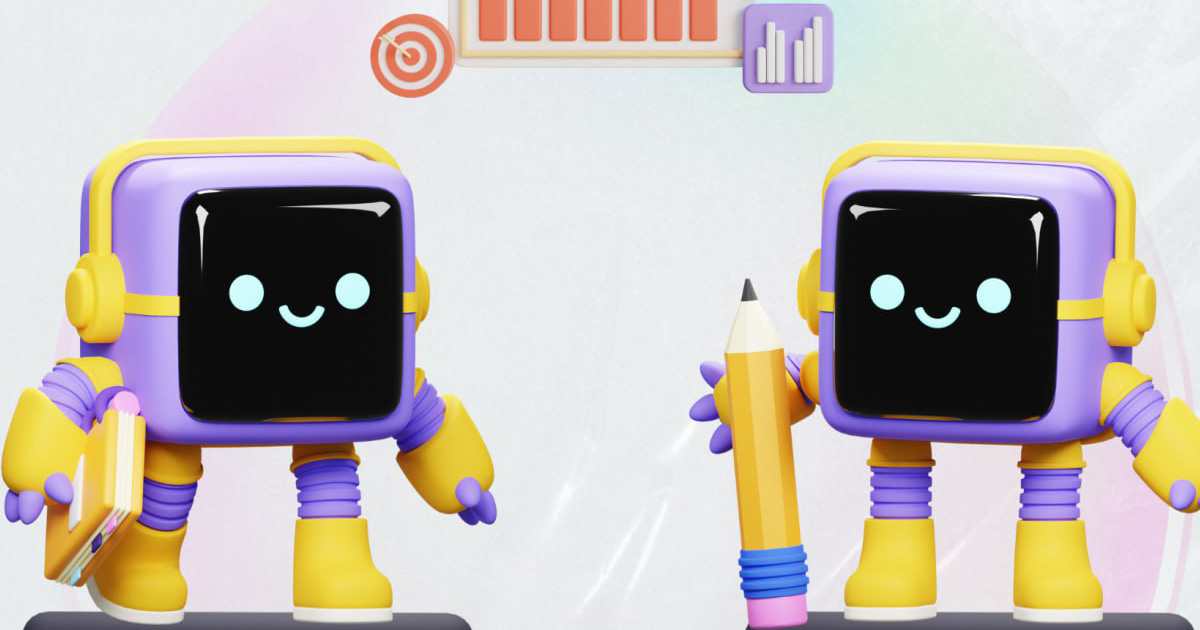It is difficult for smaller mobile devs to avoid problems that can affect the development and lifecycle of their games. ZiMAD M&A manager Yana Vesnina discusses the key challenges and shares some professional tips in an article for Game World Observer.

Yana Vesnina
ZiMAD communicates with multiple independent teams that show us their new projects, including the ones in the early stages. If the game looks promising, we conduct an initial metrics analysis and are ready to give advice on its development by pointing out the areas that require attention and must be refined for a successful launch.
In this article, we’d like to share our view on the problems faced by indie studios working on casual and hybrid projects.

General problems
Investment canceling
According to recent media reports, more gaming companies are shutting down their subsidiaries. At the same time, we hear much less about major investment deals.
This is the result of the economic slowdown, which almost all influential players in the mobile games market must take into account in order to adjust to the new economic reality. Companies are now optimizing expenditures primarily by canceling high-risk investments.
As a result, teams with high-quality prototypes that took more than a year to create can’t get funds for further development. In the worst-case scenario, the team is disbanded or downsized, and losses are also recorded. Imagine that a studio has spent over a year developing a game and has run out of financial resources to finish the project. Given that such a title would be hard to sell or publish, they can only seek new investment or reinvest through other projects or M&A.
The resources for R&D development have also been dramatically reduced. There are fewer bold experiments now because studios are focusing on reliable mechanics as part of their risk management strategy.
Resource redundancy
When looking through pitch decks, we often see a bloated workforce on the P&L (profit and loss statement) with all the burn rates and expenses on office cookies. In these cases, the competence of employees doesn’t always correlate with the size of the project.
For instance, hyper-casual studios start making match-3 titles with expensive graphics, and mid-core teams sometimes try to enter the hyper-casual genre.
Underestimation of the project’s complexity and magnitude
We often see teams copy core mechanics and content designed for just a few days of play, not realizing that this is just the tip of the iceberg, and the real monetization system is built through the long-term operation.
Many developers don’t have much experience implementing complex features or understanding the structure of the LiveOps system, especially in serious casual and mid-core titles. As a result, there’s no clarity on how to build the monetization system.
Wrong KPIs
We’ve noticed that overflowing educational resources and webinars from hyper-casual publishers make many developers focus on the metrics of hyper-casual games, while actually working on casual or mid-core titles. And casual games have their own KPIs. Desired metric rates, especially the ARPU and long-term retention, are unreachable if you use a hyper-casual approach and cheap traffic.
For example, during the test, they look at the CPI and expect to see the magical $1-$2.5 and R1 of over 35%, thinking they could work on R30 later. However, this isn’t an entirely correct approach for casual projects — it’s better to think about retention and decide whether you want to focus on R30 or R60 in advance.
Unverified additional mechanics
Another tendency is to add unverified or irrelevant mechanics found in other genres to the core mechanics simply because others do so. This doesn’t necessarily improve metrics, but leads to significant development complications and increases the cash gap (at the same time, the core mechanics might be nowhere near complete).
Rise in traffic prices
If the niche is overcrowded, it’s hard to see a competitive CPI even with a good project. It will most likely be high during testing. And usually, the problem is not that the project is rough, but that all the cheap traffic is simply occupied by competitors.
For example, we see that in the hyper-casual genre, cheap traffic is almost used up, and major hyper-casual publishers understand the situation and shift their focus to casual games by buying casual studios or games aimed at a new audience.
Misreading app store policies
Google Play and the App Store have their own policies related to promotion, monetization, and advertising. Studios that ignore them risk getting their accounts banned.
For example, some teams develop casual games for kids or apps featuring prizes and discount giveaways. They think they will be able to promote them by purchasing ads and distributing the game using regular methods. In reality, many companies, including stores, have strict restrictions on game promotions and in-game ads.
False confidence
Although it’s possible to draw some conclusions from a test with several thousand users for a hyper-casual game, such an incredibly small number of players can’t ensure success in the casual genre. Especially if you need to check monetization metrics. To get at least 100 payments, you’ll need to attract at least 5,000 high-quality users. Such tests obviously require more than just one iteration.
For instance, some studios perform a $300 test in the merge genre and are convinced that the 1,000 users they attract show relevant data. However, it’s an extremely low traffic amount for a casual game. Confirming the marketing numbers and the successful development of the project requires a budget of at least $5,000-$10,000, which will attract enough people to the game. In most cases, you’ll need two or more rounds of these tests to make sure the game has good potential and is worth developing.
What Can You Do?
Choose the right niche, reliable mechanics, and correct KPIs
When choosing a niche, use all the available marketing tools, get your hands on as many related materials as you can, and perform a thorough SWOT analysis.
But remember: a large number of installs over a certain period of time doesn’t guarantee that this game will still be in demand in a year. If the genre is overloaded, even a strong project will quickly reach its install and revenue limit without any chance of recouping development costs.
Unverified mechanics are another reason for possible failure. Some teams choose unexplored paths and create complicated mechanics unfamiliar to the market. The bottom line is that players don’t understand how to play such a game and either skip it or leave it at early stages, which can be confirmed by low retention rates.
Optimize the team and development speed
Compare your financial and labor resources with the market reality and your team’s experience. Optimize its composition and push for the highest development speed and efficiency so that your game doesn’t become outdated before its own release.
If you don’t have extensive experience in the genre, don’t try to create a complicated project with a team of 10-20 people. Base your work upon a genre you and your team understand, as long as it’s not already overcrowded. Think beforehand about how you’ll operate the game, what features you’ll implement, and how you’ll monetize it for the next several years to make your economy work.
It is important to understand that the larger the team and the longer the development time, the higher the revenue must be to cover the costs. Each game has its own earnings ceiling, and many genres can generously compensate for the work of several specialists, but can become unprofitable if a large team is put together, no matter how high the quality of the graphics or overall idea is.
At the same time, some genres “burn out” faster than others. The market is fairly transparent, and when a hit appears, hundreds of teams see it and think about how to repeat or improve it.
For example, in 2020-2021, there was a hype for tile match games with a simple meta like decoration, but by the time many teams started submitting their projects to publishers, they were no longer very relevant.
It is impossible to predict everything, but it is necessary to immediately look at the perspective. This allows you to see what resources can be reinvested, how many people are needed in the team at early stages, and how to form a clear and at the same time convenient schedule for everyone.
It is also important not to chase ambitious projects, to clearly understand the level of your team, and to have a reserve of funds in the budget. If game designers have never achieved more than $2 ARPU, it is better not to expect it to be $10+ for a new product.
Think about monetization from the start
It is essential to consider monetization of your game from the very beginning, so that potential partners understand what to expect from the project and the direction of its development for the following year. This information will be necessary for the publisher to make the right strategy with the required budgets to promote the game in a particular segment.
Hybrid monetization is the trend of the moment. Some people increase their in-app revenue, while others are more focused on ad monetization and completely change the balance of the game. If you are not ready to take risks, then the monetization method should correlate with the chosen genre.
Of course, sometimes developers go against the laws of the genre. For example, we have received a match-3 game entirely functioning on ad monetization and quite a few simple puzzles that were supposed to be monetized solely through in-app purchases.
But there are few successful examples like this, so you should always correlate mechanics with monetization. For example, the merge-2 mechanic is very understandable, but does not provide quick revenue. Setting up monetization in such a genre is more difficult, and the profitability of such a project should be planned for at least a year.
Final tips in conclusion
- Conduct a SWOT analysis when choosing a niche and rely on analytics systems as past experience.
- Study articles about how games are promoted in certain niches, what difficulties other devs face, and read the rules for promoting similar titles.
- Correlate financial and team resources with the reality of the market and your team’s experience.
- When launching a product, do not postpone retention metric tests. Test the game using a sufficient audience to get relevant metrics.
- Do not delay the development so that the game does not lose its uniqueness.
- Think about monetizing your project in advance so that it correlates with the genre.
